A couch is such an important home piece; it is a room’s focal point and can make or break a space. A couch (also referred to as a sofa) can be used for both seating and sleeping. But with the many types, sizes, and textures of couches available, choosing one can be a hassle, especially if you have no prior knowledge.
A good first move will be identifying the purpose of getting a couch. Is it for comfort or lounging? Or is there a particular aesthetic you are trying to attain for your living room, lounge, family room, or office? Size and the level of usage can be another factor worth considering.
Once you have identified these factors, refer to this guide to the various types of couches commonly found in homes.
Types of couches or sofa
1. Sectional Couches
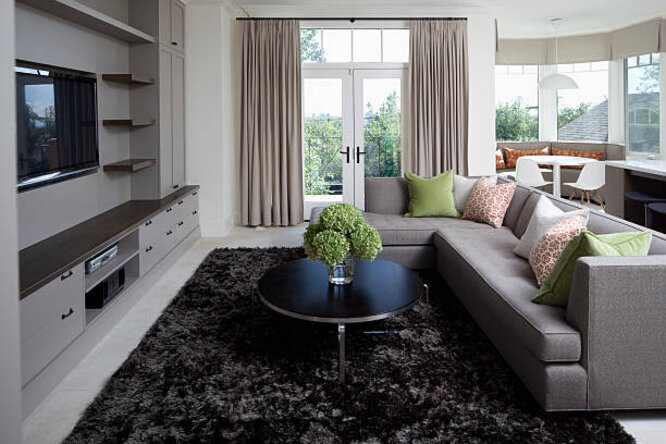
Sectional couches are one of the most common couch types today, not just because of their lounge-friendly design but also because they suit different room layouts and preferences. A sectional couch is a large one comprising several pieces connecting, mostly forming an “L” or “U” shape structure. It is the perfect choice for large families looking to make the most of their living room space.
Pros
- Sectional couches can be used as a relaxation spot
- Suitable for large and small families
- Many designs and materials to choose from
Cons
- Difficult to rearrange
- Challenging to move
- Expensive
2. Lawson style couch
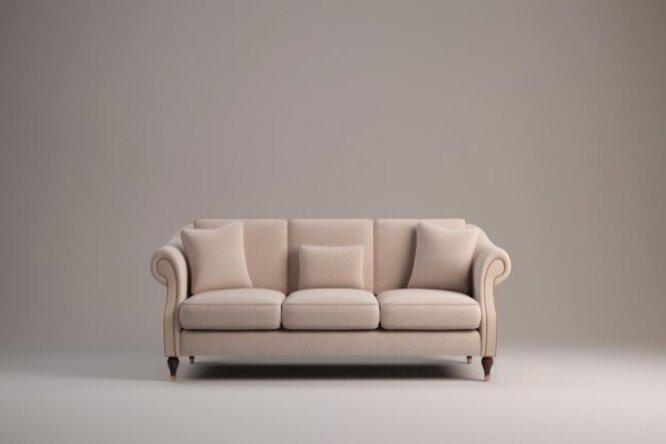
Talking about the epitome of comfort, the Lawson-style couch was first designed in the late 1900s for Massachusetts financier Thomas W. Lawson. The Lawson couch is known for its signature design element, a back comprised of detachable pillows or cushions. If you want a couch for the main purpose of relaxation, this is for you.
Pros
- Super comfortable
- Available in regular and sleeper option
- Lawson couches can hold many people
- Timeless aesthetics
Cons
- Tend to look bulky in smaller rooms
- Certain styles or designs are very expensive
3. Mid-Century Couch
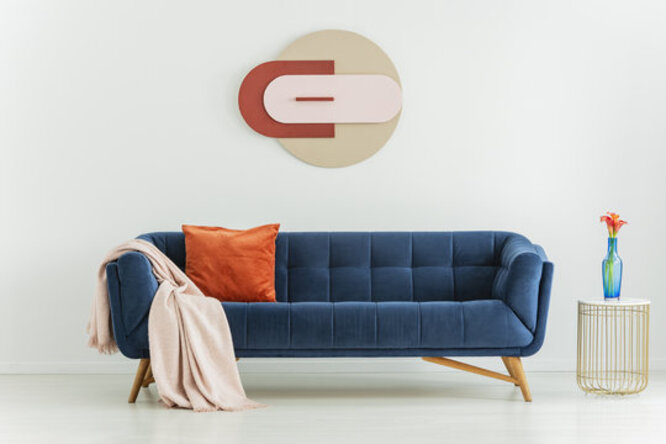
The Mid-century couch prevailed after WW II, and Americans were searching for a new design to mark a new era. Mid-century couches feature a curved line, tapered legs, a wooden frame, and a clean finish. It is the perfect choice for you if you have a minimalist or modern home.
Pros
- It offers a sleek aesthetic to the room
- Minimalist design
- It fits into different home styles
- Comfortable
Cons
- Expensive
4. English Roll-Arm Couch
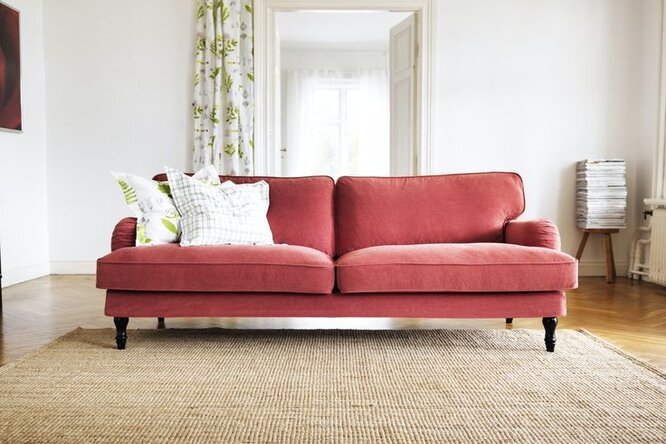
English roll-arm couch, also known as the English sofa, its unambiguous style is marked by its low rolling arm and sloping back. Designed in England in the 1800s, this unambiguous couch style became a signature interior design factor. Aside from that, another feature that makes them stand out is the comfort; the arms are extremely comfy spots to rest your head.
Pros
- Very comfortable
- Unambiguous style
- Easy to maintain
Cons
- Due to their size, they are best for smaller rooms or spaces
- Not budget-friendly
5. Loveseat Couch
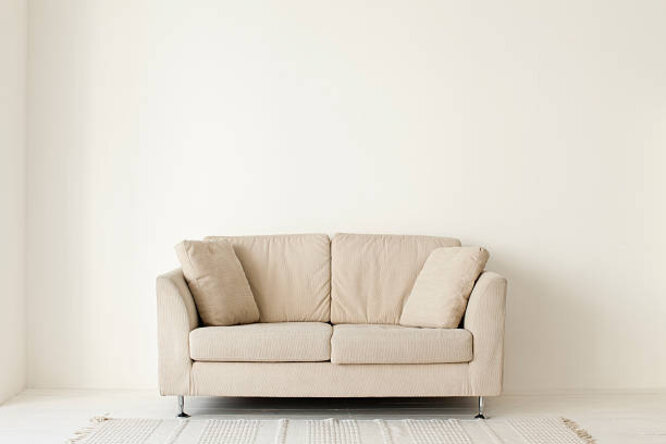
The name loveseat is an umbrella term for a couch made for two people. They became a popular choice for homeowners because they are elegant and provide additional seating without taking up much space. If you want a portable or modest-sized couch (especially for smaller-sized rooms), then this is the best choice.
Pros
- Versatile, can complement other furniture
- Perfect for smaller rooms
- Affordable
- Perfect for movie nights
Cons
- Loveseat couches contain more than 3 people
- Not a suffer bed, it would be very difficult laying in one comfortably
6. Settee couch
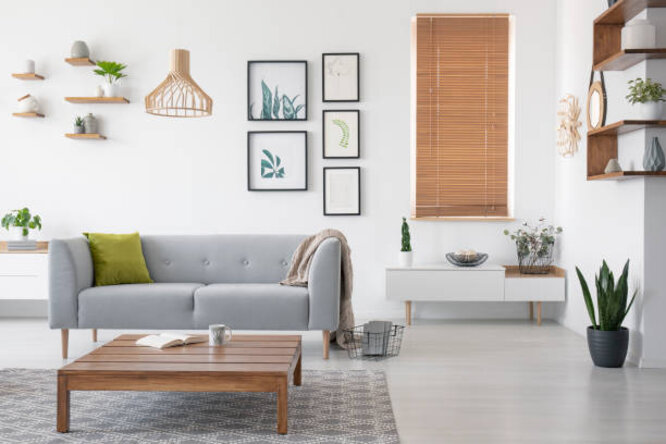
The settee couch is a very old type of couch; it dates back to the 1600s when they were first made of all wood. Today, they have been upgraded but still carry key features representing the settee couch style, such as their two-seat capacity and shallow, upright seat.
Pros
- Aesthetically commanding
- Durable
- Encourages you to seat upright, which is the right way to seat
- Portable
Cons
- Cannot accommodate up to 4 sitters
- Due to the shape, they are not comfortable. Most homeowners usually will pair this couch with a more comfortable couch
7. Recliner Couch
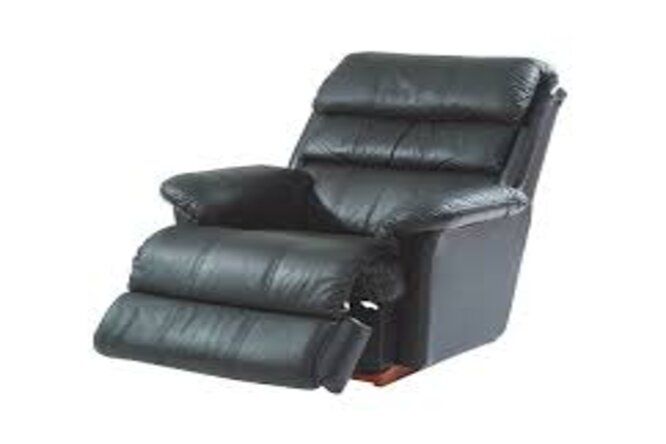
If you like the comfort of having a normal couch but still want an extra edge, then the recliner couch is the best for you. They look like normal couches, but they have hidden features. You can elevate the footrest and tilt the sofa back with a button, lowering the body and raising the leg comfortably.
Pros
- Very comfortable
- Versatile
- Better support for those with mobility problems
- Better back support
Cons
- Higher cost
- You might end up taking more naps than you’d want
- It takes up more space
8. Low-seated couch
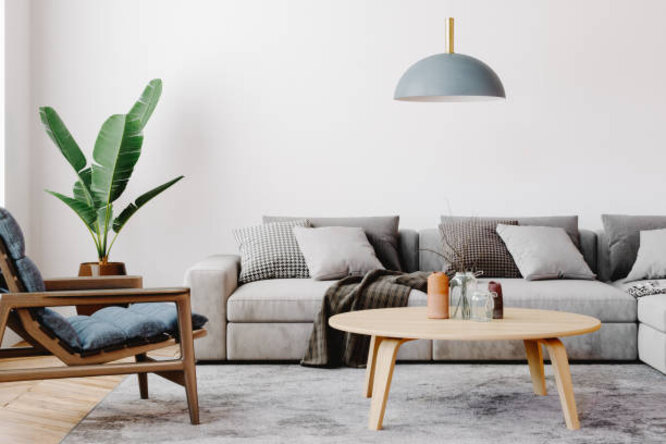
Another type that stands out is the low-seated couch, characterized by its low-seating height (usually 17 inches). Low-seated couches have a simple aesthetic and work well with every home space (but they are best for dens or basements).
Pros
- Invokes a more comfortable and loungy feel to the room
- Great for kids; they can climb up and down easily
- Fairly affordable
- Simple aesthetic
Cons
- For older citizens, going down and back up can be extremely difficult
- Those with mobility or knee issues can also find this type of couch difficult to use
FAQs
What is the difference between a sofa and a couch?
A sofa is more formal and is used for sitting; a couch, on the other hand, is less formal and is used for lying down.
Which type of couch is most common?
You’ll mostly find the Sectional couch in most homes today.
Which couch is best for the bedroom?
The Loveseat couch is one of the best options for the bedroom because it doesn’t take up much space.
What materials are couches made from?
Different materials can be used for couches; leather, faux leather, wool, silk, etc.
Conclusion – Types of couches
A couch is a huge investment; generally, it should last buyers for years. So you see why it is important to do some research before deciding which type is best for you.
The first step is to determine or identify its intended use. Identify your habit with couches. Would you prefer more comfort (like the Recliner and the English Roll-Arm couch offer)? Or do you prefer sitting upright when reading or entertaining guests (like the Settee couch will offer)?
Next, consider the space of the room you want the couch for. Remember that most types will complement a smaller room better than others. Lastly, the material to be used and its required maintenance should be considered.
I hope you found this article helpful. You should visit the Samkinsconstruction blog page; you just might see some content you’ll like.